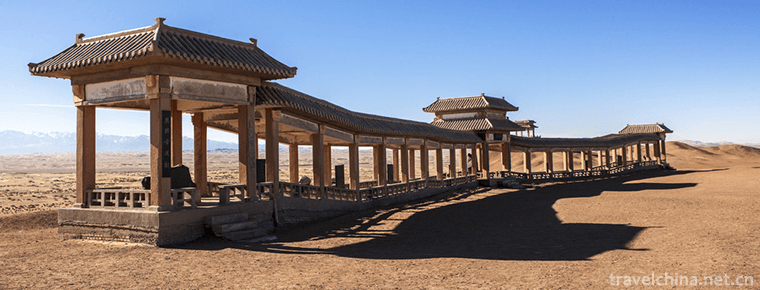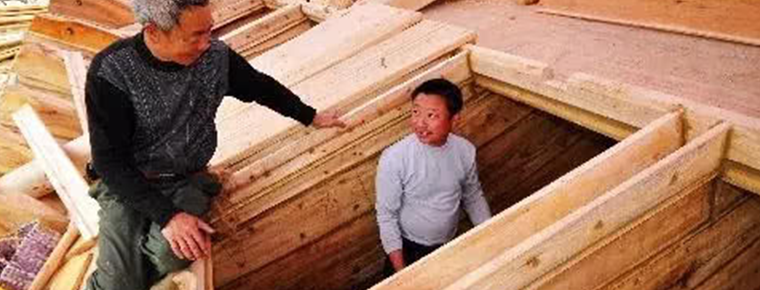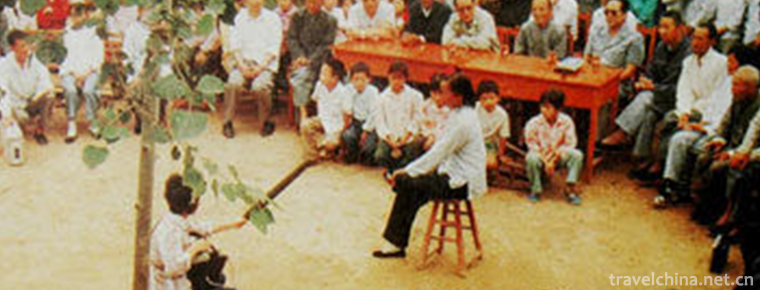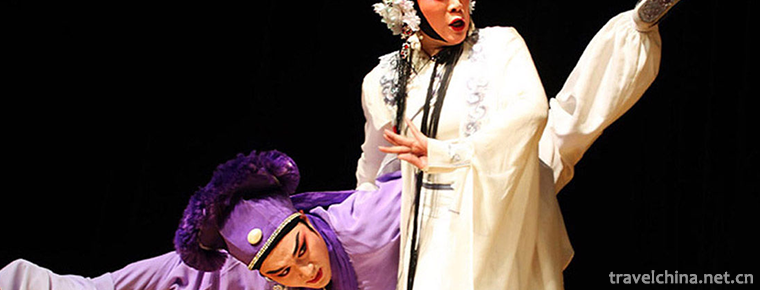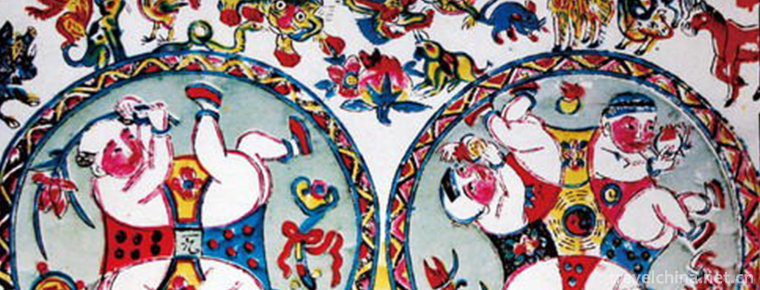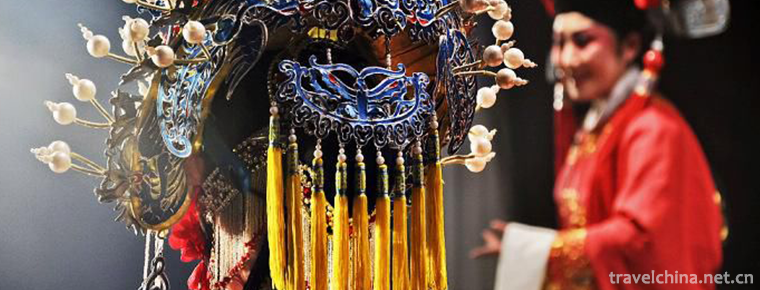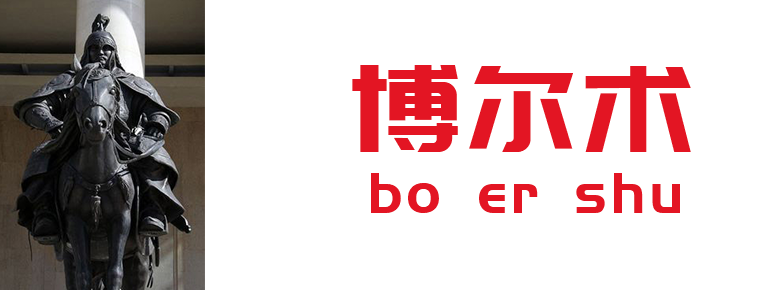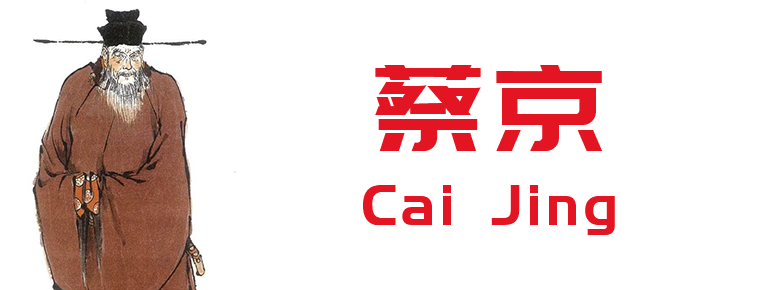Baron drum dance
Baron drum dance
Balang is inspired by the intangible cultural heritage of Gansu Province. Tibetan is called "Sham Dance", "Sha Mu Dance" and "Sha Mu Dance". Tibetan means a kind of peace-praying dance performed on the square. It is a kind of classical pot dance popular in Zangbawa Township and Taoyan Township of Zhuoni County, Gansu Province. Because it uses the beating method quite similar to the toulang drum used by the salesman (Tibetan is called "Sham", "Sha"), so it is called "Balang Encouragement" in Chinese.
historical origin
Balang Encouragement (Sham Dance) has a long history, which began around the 8th century A.D. in Zhuoni. Zhuoni is on the "Tangbo Ancient Road". The origin of Balang Encouragement (Sham Dance) is closely related to the primitive sacrificial activities of the ancient Qiang people and the religious law dance of Tubo. There are Tao Inkstone, Berlin and Tibetan-Bawa townships in the Tibetan-Bawa region, and "Tibetan-Bawa" is the intention of the Tibetan people after Tibet. According to the local oral history, their ancestors migrated with the army during the Tubo period or later and multiplied. From the 7th to 17th centuries (Tang, Song and early Qing Dynasty), this area was dominated by Tibetans, and was successively ruled by Tusi, and Ben religion prevailed. Ben religion belongs to Tibetan primitive religion, which prevailed before Tibetan Buddhism was introduced into Tibet. The lyrics of Sham Dance also reveal the relationship between its long history and Benzenism culture.
But there is a magical and beautiful legend about the origin of Sham Dance among Zhuoni people. Legend has it that a long time ago, there were years of drought and no grain harvesting. The villagers had to kill cattle and sheep to sacrifice the supreme Mountain God and beg the gods to descend the dew to save life. When the villagers kneel piously and pray bitterly before the God Labrador, a beautiful song accompanied by drums and music is heard in the mountains. They silently recorded the tunes and drums, and when they returned, they made a double-sided sheepskin drum with a drum face about one foot in diameter, a long handle, and a shaking sound, with knotted ropes hanging from each side. Then, people lit bonfires in the center of the village, jumped up and sang impromptuly, and expressed their desire to pray for the gods by singing. Their sincere deeds touched the gods, and dew fell from the sky... Since then, on the first month of the lunar calendar every year, the people here have to dance the Sham Dance to pray for the next year's good weather, plentiful grain, and the safety of people and animals.
Inheritance value
Zhuoni has a long history. As early as the Neolithic Age, the Tibetan ancestors lived and multiplied along the Taohe River, nurturing a splendid culture in the long history. Zhuoni Tibetan culture has not only the common characteristics of Tibetan culture, such as its long history, extensive and profound, simple and mysterious, but also the distinct agricultural culture and the diverse style of convergence and integration of various nationalities. The Sham Dance, which is popular in Zhuonizang and Bawa villages, is a concentrated reflection of the diverse styles of Zhuonizang culture and art. This folk art form adds color to Zhuonizang culture and even the whole Tibetan culture, and has great research and development value.
Balang Encouragement (Sham Dance) with Badong Drum as prop is an old and little-known dance. It integrates speaking, singing and dancing, and has obvious religion and entertainment. Because its main prop is Badong drum, it is also called Badong drum. Apart from the graceful and solemn dancing, the most important part of Sham Dance is that the lyrics are related to religion, national history, production and life, etc. The Lyric questions and answers of both sides are the most exciting and entertaining. From the content and form of Sham Dance, it has a direct relationship with Benzenism culture, so it has great research value.
main features
According to the staff of Zhuoni County Culture Bureau, the local people perform a dance of praying for peace and auspicious harvest on the open ground every year during the "Manla Festival" (equivalent to the Han Spring Festival). The dancer holds a double-sided sheepskin drum prop similar to "Barang" in his hand, beating constantly with steady and vigorous steps, and singing in unison with the rhythm. The dance rhythm is compact, the movement is clean and powerful, the lyrics are implicit and simple, and the melody is rich in content. Baron's inspiration (Sham Dance) has its own season, rituals and taboos, and is not always dancable. It's only on major festivals every year. During the Spring Festival, every village dances Balang Encouragement (Sham Dance). There are square and village Balang Encouragement (Sham Dance) in Tibetan and Bawa villages. They usually start dancing on the second night of the first lunar month. There are no age and gender restrictions on the dancers. Both men and women can dance, but men and women do not jump together, and the lyrics are different. When men dance, dozens of handsome men hold barongdrums. The sound of drums and high-pitched songs can be heard miles away.
Dance content
Balang encourages people to perform on the fifth to fifteenth day of the first lunar month during the Spring Festival. From the sixteenth day of the first lunar month, the Balang drum will be offered high for use in the coming year. Zhuoni Tibetan calls Balang drum "Shamu". Its place of activity is called "Shamu Stadium", and the day of performing Balang's inspiration during the first month is called "Manla Festival". At that time, each village will be composed of men, young and old, "Sham Team". In addition to dancing and singing in their own village, they will also go to neighboring villages to catch up with the "Manla Festival" for communication. The loud drums and vigorous dancing add endless joy to the Spring Festival.
Before the performance began, a campfire was set up in the center of the "Sha Mu Chang", where tables, chairs and benches were placed for the elderly, who were in charge of the activities. Young people pour tea and pour wine. They are busy before and after running. Children are chattering all over the courtyard. It's a festive scene. Towards dusk, the whole village arrived and a deacon announced the beginning of the performance. The "Shamus Team" danced around the campfire, shaking the balang drum. First singing the prelude "Gentle", then dancing "Kusong Gary", three times in a question-and-answer way to greet each other; then dancing while singing "Shalou Meilou", meaning "Sha Mu" text begins. Following are Spring Bud Spring, Spring Column, Nizhi Dao Yang and so on. The lyrics include congratulations on harvest and festivals, praises of natural beauty and good people and good deeds in their hometown, criticisms of current problems, and guessing fancy pan songs. So they sang until the night wore on. The cock announced the dawn. The host was going to invite the "Sha Mu Team" into the most spacious hall, and the families brought out plentiful festival food and barley wine to entertain the guests. At this time, the representative of the host raised his glass and asked "Long Sufficiency", "Samaru" (Dinner Song), and "Zamaru" (Wine Song). The guests immediately answered with the song, singing to each other, and the climax was repeated. During the festival, married young and old girls return to their mothers'homes, gather together with their families and neighbors, dance "Anisan" and sing "Tongka" songs, and celebrate the New Year in high spirits. In the midst of the morning light, the main guests gathered at the "beach yard", held a farewell ceremony, danced "Gailu", and wished each other a good harvest in the coming year. At this point, the "Manla Festival" of a village is over, and the "Team" is actively preparing to go to the next village to celebrate the "Manla Festival". Balang encourages ruggedness and fitness, and has a strong sense of rhythm and strong romantic local ethnic characteristics.
Inheritance and protection
Jonibalang Encouragement (Sham Dance) was banned in 1958 because it was considered a feudal superstition. It was restored after 1978, when many skilled dancers and lyrics mastered a large number of old people died, and most of the dance species were lost. By the beginning of the 21st century, some villages had only more than a dozen kinds of popular songs, while others had only seven or eight kinds, and the richness of traditional lyrics was much less than before. As an ancient dance with great characteristics, Sham Dance is facing a serious situation in which the number of dancers, lyrics, dancing postures and meanings can be explained. It is urgent to dig out, rescue and improve the research level in an all-round way.
In order to promote national culture, display the primitive customs of Taohe culture, let Sham Dance, a wonderful folk art, come out of Johnny and Gannan, and make it a real link of Johnny's foreign cultural and artistic exchanges, Johnny County Committee and county government organized professionals to excavate and organize Sham Dance, and to forge and publicize Sham Dance as a cultural brand that Johnny concentrates on showing to the outside world. 。 In 2001, at the "Symposium on Tibetan Culture and Gannan Tourism Industry" held in Dayugou, Zhuoni County, experts and scholars were invited to make a special study and Discussion on this ancient folk art. After that, Zhuoni County also set up a folk amateur Sham Dance Art Troupe, and the CCTV special group also went to Zhuoni for special interviews. In 2003, Zhuoni County invited professionals to update the music and dance form of Sham Dance. In the original simple and bold style, modern singing and dancing style with high spirits and fluent passion was integrated. In August 2003, during the 50th anniversary celebration of the establishment of Gannan Tibetan Autonomous Prefecture and the opening ceremony of the 4th Gannan Shangbala Tourism Art Festival, the Sham Dance performed by Johnny County Sham Dance Amateur Art Troupe won the first prize for the performance of the Fang Team. This honor made Sham Dance accepted by the audiences both inside and outside the state as a unique Tibetan culture, and made it truly a concentrated exhibition of Johnny. The cultural brand of Shi.
In June 2008, Balang Encouragement (Sham Dance) was listed in the second batch of national intangible cultural heritage list published by the State Council.
Non heritage information
Grade batch: the second batch of national intangible cultural heritage
Heritage Category: Traditional Dance
Approval No. 19, Guofa
Approval date: 7 June 2008
Heritage serial number: 688
Heritage No. III-91
Project Name: Balang Encouragement
Applicant: Zhuoni County, Gansu Province.
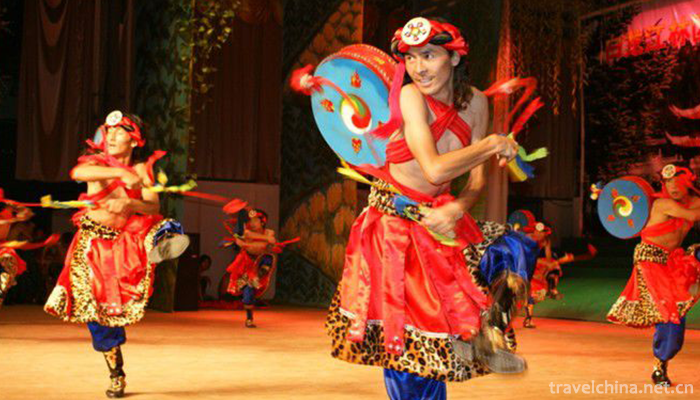

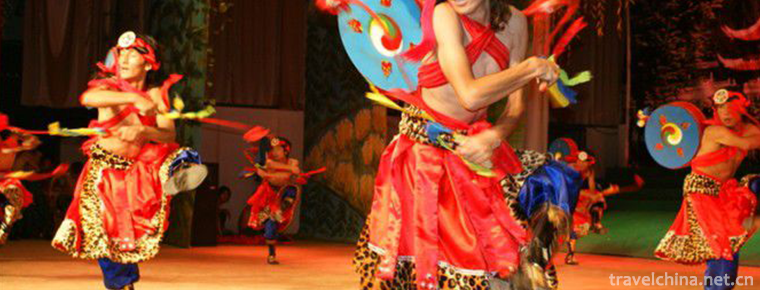
Baron drum dance
-
legend of butterfly lovers Liang Zhu
Legend of Liang Zhu (Legend of Liang Shanbo and Zhu Yingtai) is a sad and moving love story. It is also called four ancient Chinese folklores with Meng Jiangnu, Niulang Zhinu and White Snake Biography
Views: 326 Time 2018-12-23 -
Red Liuji Scenic Area
The Red Liuji Scenic Area is located in Liuji Village, Dawang Town. In 1976, the old site of Liuji Branch of the Communist Party of China was declared as a key cultural relic protection unit at the co
Views: 169 Time 2019-01-16 -
Yang Guan
Yangguan is the throat of ancient land transportation in China and the only pass along the southern Silk Road. Located in the southwest of Dunhuang City, Gansu Province
Views: 164 Time 2019-03-03 -
Traditional Wooden Ship Manufacturing Techniques
Fuyang has a long history of shipbuilding. As early as the Tang Dynasty, water transportation was glorious. Fuyang Lingqiao wooden boats are mainly distributed in towns along the Fuyang River, especia
Views: 358 Time 2019-04-21 -
Gengcun Folk Stories
Gengcun Folklore Gengcun Folklore, the traditional folk literature of Gaocheng City, Hebei Province, is one of the intangible cultural heritage at the national level.
Views: 155 Time 2019-05-01 -
Wenzhou opera
Ou Opera has a history of more than 300 years with "written warmth" as its stage language. The more influential traditional plays are Gao Ji and Wu Sanchun, Yanghe Pickup and the modern play
Views: 122 Time 2019-06-08 -
Wuqiang Wood Engraving New Year Picture
Wuqiang New Year's Painting is one of the traditional folk crafts in Wuqiang County, Hebei Province. It is named for its origin in Wuqiang County, Hebei Province. It is a unique style of Chinese folk
Views: 126 Time 2019-06-30 -
Yanbei Playing with Children
Yanbei children's play, also known as cough cavity, is popular in Datong City, Shanxi Province and its surrounding traditional drama, one of the national intangible cultural heritage.
Views: 181 Time 2019-07-10 -
Beijing Foreign Studies University
Beijing Foreign Studies University is located in the West Third Ring Road north of Haidian District, Beijing. On the two sides of the three ring road, there are two East and West campuses, which are d
Views: 163 Time 2019-09-06 -
A er la bo er shu
Al r Bo Er (1162 to 1226) , Mongolia Famous general, Genghis Khan "Four Jun" is the leader of the founding fathers. Formerly known as "Er Chu". As a result of helping the young boy
Views: 169 Time 2019-09-14 -
Cai Jing
Cai Jing (February 14, 1047 - August 11, 1126), character length, Northern Song Dynasty Prime Minister , calligrapher, Xinghua Army Xianyou County cixiao Li Chi Ling (Xianyou County, Putian City, Fuji
Views: 219 Time 2019-09-14 -
Animal resources in Guangan
There are 14 families, 30 species of mammals, 11 orders, 36 families, 115 species of birds, 19 species of reptiles and 10 species of frogs in Guang'an City. The national first-class protected birds include the Tragopan, which is mainly distributed in the forest area of H
Views: 154 Time 2020-12-19


